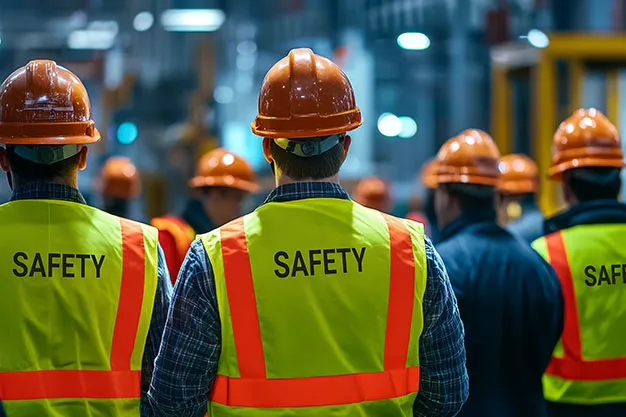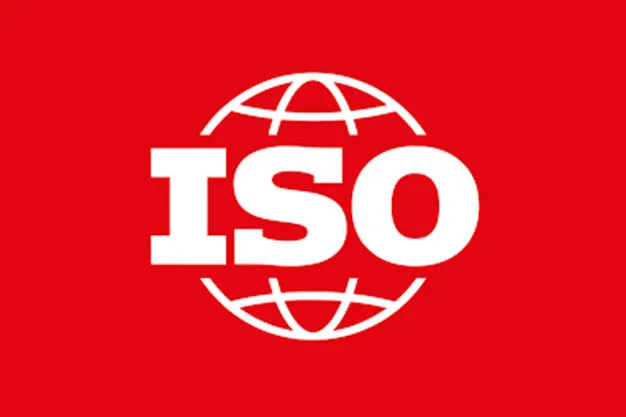In the dynamic landscape of industrial garment manufacturing, ensuring the safety of both workers and end-users is paramount. As a company committed to excellence, it's essential to navigate through the myriad of safety standards governing this industry. In this article, we'll take a closer look at some of the key safety standards that play a vital role in the production of industrial garments.

In the United States, OSHA sets the benchmark for workplace safety regulations. Their guidelines encompass various aspects of industrial garment manufacturing, including machinery safety, chemical handling, ergonomics, and personal protective equipment (PPE). Adhering to OSHA standards not only ensures compliance but also fosters a culture of safety within the workplace.


For companies exporting to the European market, compliance with EU directives is non-negotiable. These directives cover a wide range of safety aspects, such as the use of hazardous substances (REACH), machinery safety (CE Marking), and personal protective equipment (PPE Regulation). By adhering to these directives, manufacturers demonstrate their commitment to meeting stringent safety requirements.

ISO standards provide globally recognized guidelines for quality management systems and product safety. ISO 9001:2015, for instance, emphasizes risk-based thinking and process improvement, ensuring that safety remains a top priority throughout the manufacturing process. Additionally, ISO 45001 focuses specifically on occupational health and safety management systems, providing a framework for identifying hazards and implementing preventive measures.


Industrial garment manufacturers must comply with specific textile regulations to ensure the safety and integrity of their products. Standards such as the Consumer Product Safety Improvement Act (CPSIA) in the US and the General Product Safety Directive (GPSD) in the EU outline requirements for product labeling, flammability testing, and chemical restrictions. By adhering to these regulations, manufacturers can instill confidence in their customers regarding the safety of their garments.

Given the inherent risks associated with certain industries, fire safety standards are of utmost importance in industrial garment manufacturing. Standards such as NFPA 2112 (for flame-resistant clothing) and NFPA 70E (for electrical safety) provide guidelines for garment design, materials selection, and testing procedures to mitigate the risk of fire-related incidents in the workplace.

In conclusion, navigating safety standards in industrial garment manufacturing requires a comprehensive understanding of regulatory requirements and a steadfast commitment to ensuring the well-being of workers and consumers alike. By adhering to standards set forth by organizations such as OSHA, the EU, ISO, and relevant textile regulations, companies can uphold the highest standards of safety and quality in their manufacturing processes. At Amrit, we prioritize safety at every stage of production, ensuring that our industrial garments meet or exceed the most stringent safety standards, thus providing our customers with peace of mind and confidence in the products they wear.